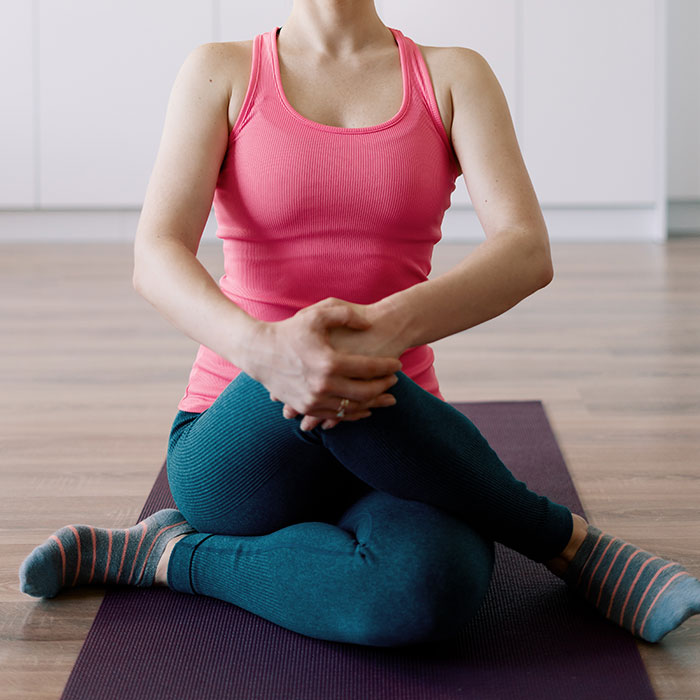Healing treatments
Over half of women over the age of 65 suffer from urinary incontinence. But most of us think this is just something that happens after having babies, and live with it.
Only 2 out of 3 women with incontinence seek medical assistance. But physical therapy treatments are available! When you come to CORE Pelvic PT we will assess your symptoms and develop a treatment plan to help you get free of having to be close to a bathroom all the time, wearing protective undergarments, or limiting your activities. Treatment plans often start with lifestyle modifications, and have few, if any, side effects. Some men also experience urinary incontinence but in lower numbers. We treat them too!
PT treatments are effective for two types: Stress Incontinence and Urge Incontinence.
With stress incontinence, urine leaks when actions such as coughing, sneezing, laughing, or exercising raises the pressure in your abdomen, pushing on the bladder. The weakened muscles are unable to keep urine from escaping, and small or large amounts leak out.


With urge incontinence, your bladder muscles start squeezing down when you’re not prepared to empty your bladder. This often happens when you feel the need to urinate but haven’t yet made it to the bathroom. Weight loss can improve urge incontinence, as can pelvic floor therapy.
Specific exercises and physical therapy to strengthen the pelvic floor muscles also improve urinary control and quality of life. It’s helpful to work with a professional physical therapist experienced in helping women retrain their pelvic floor muscles. The training may include Kegel exercises, biofeedback, muscle strengthening, and other techniques. You may also want to explore Bluetooth and smartphone “pelvic floor trainer” apps. However, there haven’t yet been any scientific studies of these apps, so it’s still not know how helpful they will be.